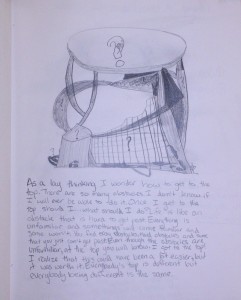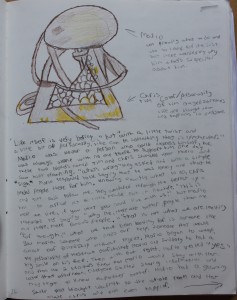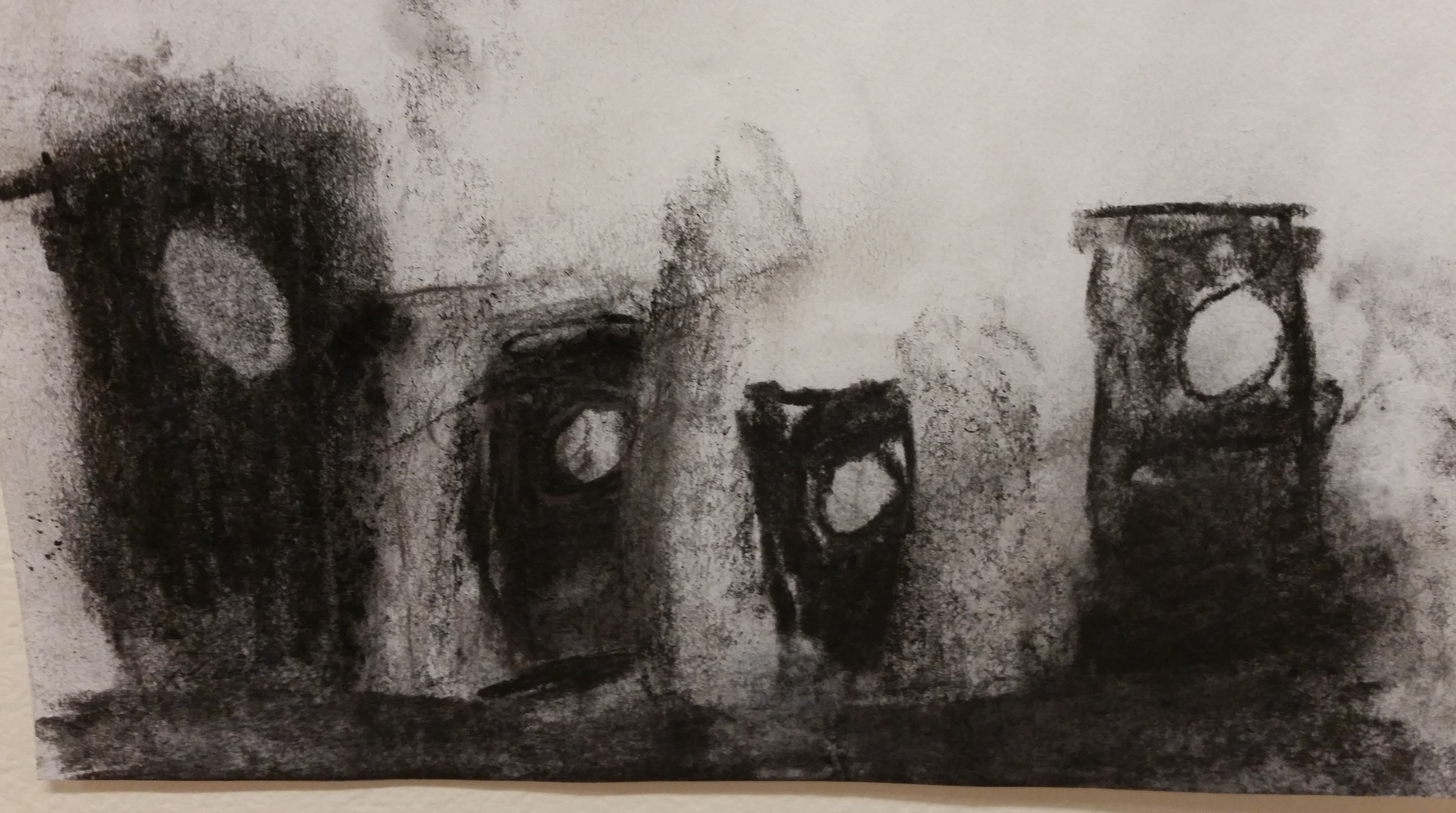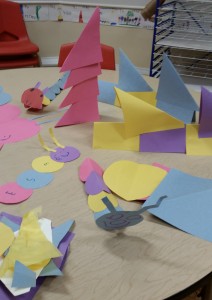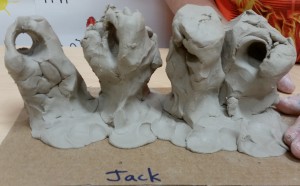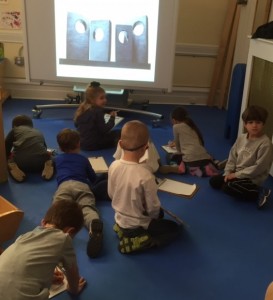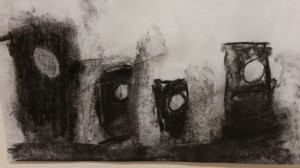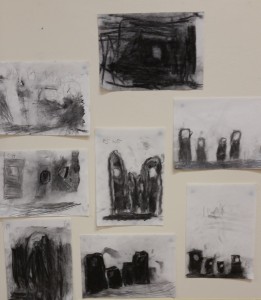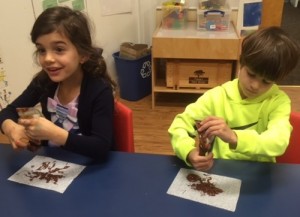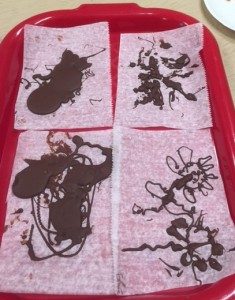If we think of abstraction as a practice, we open a way for students to build meaning with themselves in mind, negotiating moment by moment their inner and outer worlds. In an ongoing space of practice, they access and utitlize their own experience of story, viewing, memory and imagination. Their work then becomes a fusion of the old with the new embedded with creative and critical acts of knowing.
“The statue represents the balance between order and protection.”
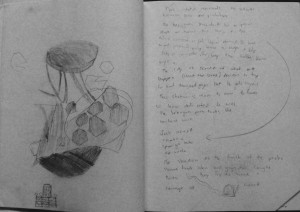
“As I lay thinking I wonder how to get to the top. There are so many obstacles. I don’t know if I’ll even be able to do it. Once I get to the top should I…what should I do? Life is an obstacle that is hard to get past.”
“Life itself is very boring, but with a little twist and a little bit of personality, life can be something that is spectacular.”
Each student response was unique. The next day we had open sharing. Students read their work to the whole class or conversed one to one. Orderly chaos ensued: words and worlds, stillness and laughter filled the room. As we debriefed on the exercise, discussing why we did the assignment and how we felt, everyone realized that ‘growing’ the abstract opens the door for a seeing and making of the “spectacular”.
The full period was nearly over and we began collecting our bags and journals. Just before the bell rang– in that one quiet moment before we ended, one student asked with some interest, ‘What are we doing next?’
–James Shivers
